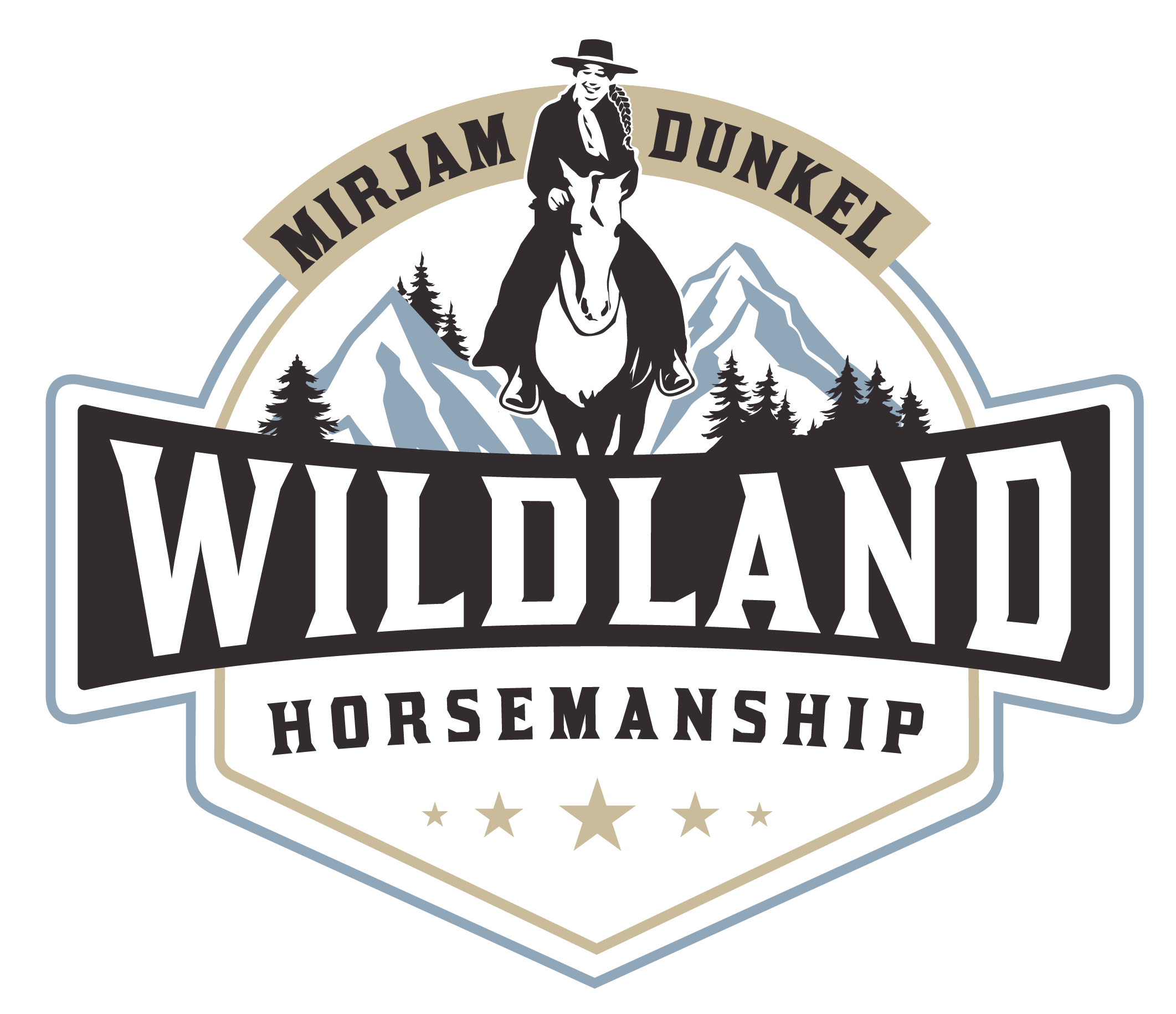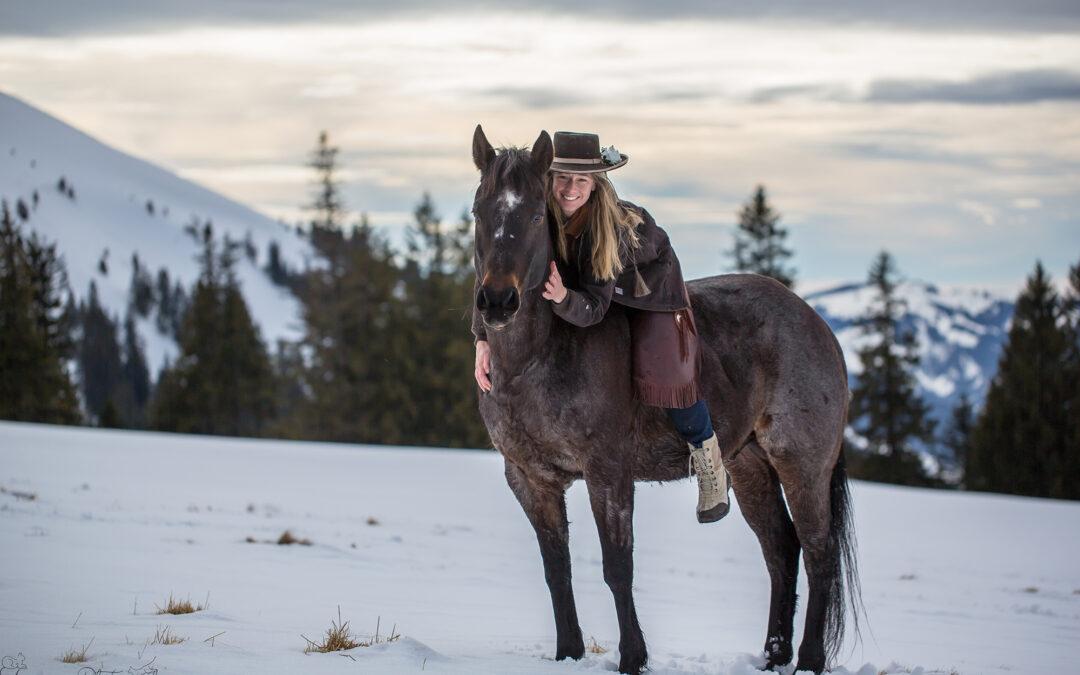My training principles
Today I would like to talk about one of my training basics – “THE MOMENT “.
My aim with this article is to help you be safer with your horse in the future and avoid frustration during training.
Horses live from moment to moment and we have to do the same when dealing with them – not only for training purposes, but above all for safety reasons.
Unfortunately, I look after a lot of horse owners who have already experienced one or two serious accidents involving horses. Such accidents leave their mark on both the person and the horse and usually lead to a loss of light-heartedness for both.
I say: accidents can usually be avoided altogether and frustration doesn’t have to be.
An example from my day-to-day training
I recently gave Marlies her first riding lesson. (By the way, I am allowed to tell her story to help others. THANK YOU MARLIES! Marlies was on a ride with her horse and a friend. It was cold and windy. For some reason, her horse bucked and Marlies fell. Fortunately, she was unhurt.
When I asked Marlies whether her horse was behaving differently than usual before the fall, she replied in the negative. I asked her again whether her horse was calm when grooming and mounting. She then recalled that her horse had been slightly nervous and hadn’t been able to stand still properly. This had never been the case before. However, as she had been under stress and already thinking about the ride, she hadn’t noticed this little thing. Even if she had, she probably wouldn’t have thought anything of it. At most, she was annoyed by her horse.
I am convinced that if Marlies had noticed that her horse was restless because it had excess energy and had then reduced this energy before the ride, then her horse would most likely not have “freaked out”.
Most accidents happen because we overlook small signs. We don’t live enough in the moment and our thoughts are often not on the matter at hand. Or – what also often happens – is that we recognize it but get upset about it. In both cases, the problem or the cause remains.
I also often experience a lot of frustration when dealing with the horse.
Who of you hasn’t thought “my horse did this exercise yesterday and did it so well, why can’t she/he do it today?”? I know this all too well, by the way.
Expectation is the beginning of frustration.
When I started working with horses years ago, I always had very high expectations of myself and my horses. When I went to the stables, I continued exactly where I had left off the day before. Frustration is inevitable! Your horse
is – just like us – not in the same good mood every day. What’s more, when we train and improve something, something else usually “deteriorates” as a result. But this in turn is another basis for training, which is also very exciting.
Don’t have any expectations. Take your horse out of the stable every day and don’t expect it to master this or that. This way you live in the moment and perceive your horse’s behavior. You are now in a position to correct what is going wrong right now and not stubbornly train what you had actually planned.
My tip:
“BACK TO THE SIMPLE”
Go through the basics with your horse every day. For example, if it doesn’t stand still, then you don’t need to saddle it; if it is slow to move forward during groundwork, then you don’t need to ride it out; if your horse doesn’t respond well to your aids, then it won’t respond when it needs to. And so on and so forth….
When I break in a young horse, I work on the basics in about 2-3 weeks. Every day I start again from the beginning with a young horse! By the time the young horse has mastered the basics, I can review the 2-3 weeks of work in about 2 minutes. And that tells me that this horse is ready to go to the next step. But if I get stuck on the 4th exercise, for example, then I work on it until it works – I don’t go any further before then.
Possible exercises I do and the questions I ask myself every day: Am I doing well and can I concentrate? How is my horse? Is my horse in basic condition (excess energy reduced)? Is my horse focused on me? Is my horse stressed? Can I ask for all gaits and directions without a “button” being present? Does my horse respond finely to the reins and leg aids?
Together with Marlies, we analyzed what had happened: Her horse had excess energy because it hadn’t cantered much in the loose stable. We also found out that her horse had not responded diligently to her forward aids. This is a sign that the horse can buck when you ask it to go forward.
Consequently, Marlies’ horse would have behaved more calmly if she had reduced the excess energy in her horse before the ride and explained the help for “forward” to her horse again.
I could write so much more about this topic. But that would go beyond the scope. Let me know how this article has helped you in your everyday life.
Your Mirjam
Photos by lovely Tanja Gertsch Photography

